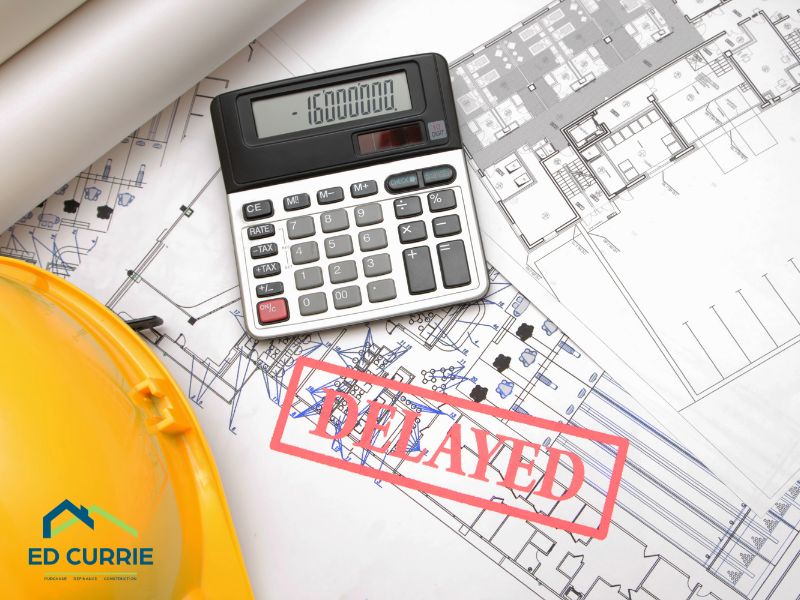- Fire-Resistant Materials: The Foundation of Safety
- Smart Design: Creating Firebreaks
- Smoke Alarms: Your Early Warning System
- Fire-Resistant Doors and Windows: Fortifying Entry Points
- Fire Extinguishers: Small Devices, Big Impact
- Emergency Escape Plan: Practice Makes Perfect
- Fire-Resistant Roofing: Safeguarding from Above

Your home is more than just a place to lay your head – it’s a sanctuary where memories are made and cherished. Ensuring the safety of your home is paramount, and one critical aspect is fire safety. We will discuss the essential fire safety measures in home construction, focusing on both prevention and preparedness, empowering you to create a safe haven for you and your loved ones.
- Fire-Resistant Materials: The Foundation of Safety
The journey to a fire-safe home begins with the materials used in its construction. Start with fire-resistant materials, such as fire-retardant-treated wood and gypsum board with added fire-resistant properties. These materials can significantly slow down the spread of flames, providing precious time for evacuation.
2. Smart Design: Creating Firebreaks
A well-designed home can act as a natural barrier against the rapid spread of fire. Consider incorporating firebreaks – breaks in vegetation or other combustible materials – around your property. Additionally, strategic landscaping can help create defensible space, minimizing the risk of a fire reaching your home.
3. Smoke Alarms: Your Early Warning System
Smoke alarms are the unsung heroes of fire safety. Install them strategically throughout your home, paying attention to key areas like bedrooms, hallways, and the kitchen. Regularly test and replace the batteries to ensure they are always operational. Early detection can make all the difference in preventing a small incident from turning into a devastating catastrophe.
4. Fire-Resistant Doors and Windows: Fortifying Entry Points
Doors and windows are vulnerable points in any home when it comes to fire. Invest in fire-resistant doors and windows to create a barrier against flames and heat. These specially designed elements can buy you precious time to escape and can even prevent the fire from spreading to other parts of the house.
5. Fire Extinguishers: Small Devices, Big Impact
Every home should be equipped with fire extinguishers, strategically placed in easily accessible locations. Know how to use them and ensure that they are regularly inspected and maintained. A quick response with a fire extinguisher can prevent a small fire from escalating into a disaster.
6. Emergency Escape Plan: Practice Makes Perfect
Prepare your family for the unexpected by creating and practicing an emergency escape plan. Identify multiple exit routes from each room and establish a designated meeting point outside. Regular drills will ensure everyone knows what to do in the event of a fire, reducing panic and increasing the chances of a safe evacuation.
7. Fire-Resistant Roofing: Safeguarding from Above
Your roof plays a crucial role in fire protection. Choose fire-resistant roofing materials to prevent embers from igniting your home. Regularly clean gutters and remove debris from the roof, reducing the risk of firebrands finding a foothold.
Building a Future of Safety
Investing in fire safety measures during home construction is not just about protecting your property; it’s about safeguarding the people and memories within. By integrating these measures into your home, you’re not only preventing potential disasters but also creating a haven where you can rest easy, knowing that you’ve taken every precaution to keep your loved ones safe.




![EdCurrie_Logo White[Transparent] EdCurrie_Logo White[Transparent]](https://edcurrie.com/wp-content/uploads/elementor/thumbs/EdCurrie_Logo-WhiteTransparent-qybu3sjgpfhje9098uitv7fpt7os2hgn52gfy6ocx4.png)